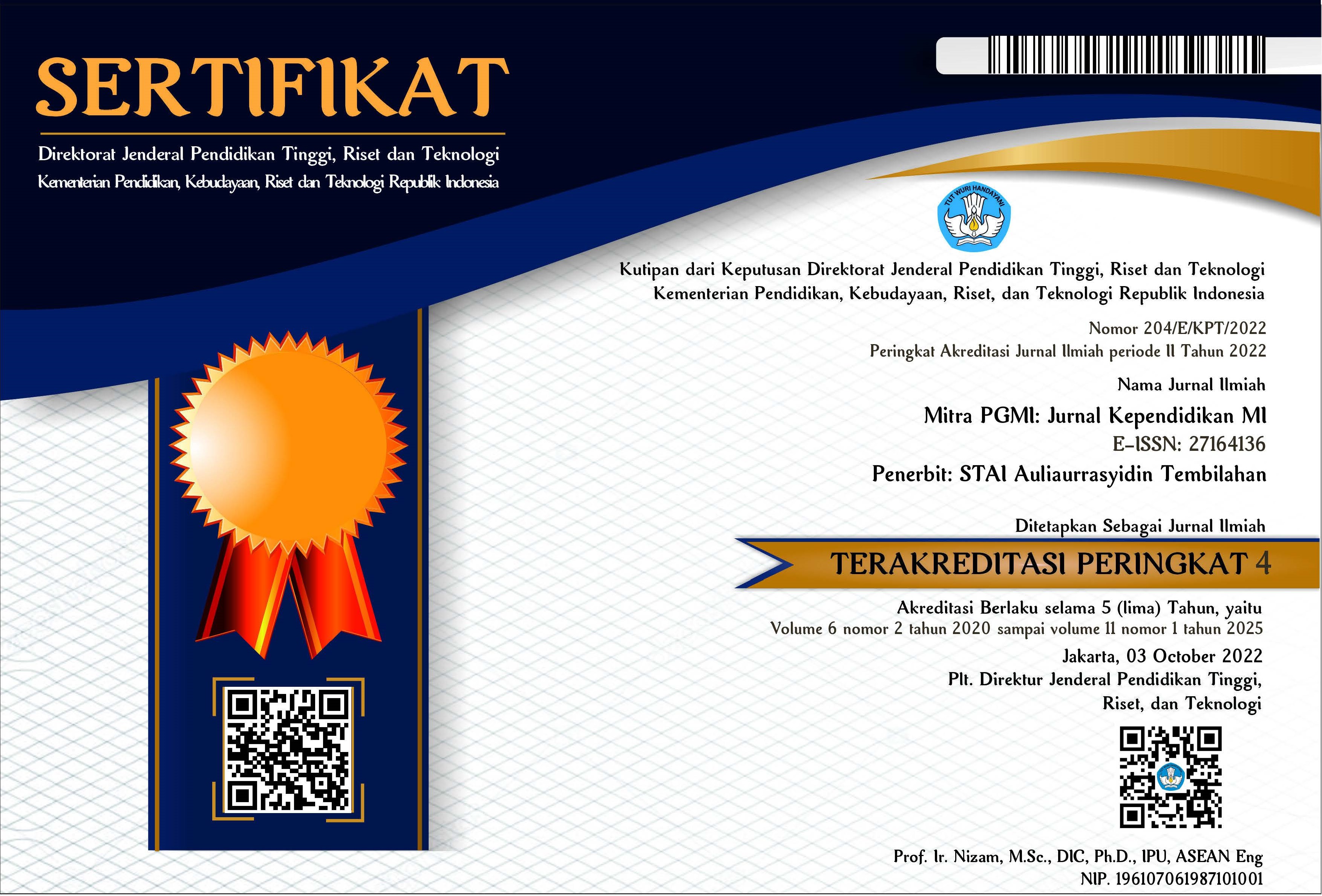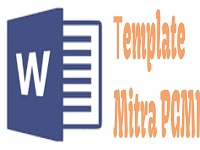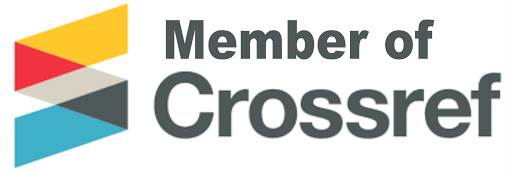Implementasi Teori Belajar Humanistik dalam Pembelajaran Berdiferensiasi IPAS di Sekolah Dasar
DOI:
https://doi.org/10.46963/mpgmi.v10i1.1639Keywords:
Humanistic, Differentiated, IPAS, Learning OutcomesAbstract
This research aims to analyze the application of humanistic learning theory in differentiated science learning for grade 5 phase C in elementary schools. Humanistic learning theory and differentiated science learning have similarities in understanding the importance of respecting the human side in order to suit individual characteristics. The research was conducted using a qualitative descriptive method through case studies. Research involves observing the planning, implementation and evaluation of science differentiated learning. Data is collected through diagnostic tests, observation, performance and final tests. The research subjects were 25 grade 5 students at SD Negeri 33 Sawahan for the 2023/2024 academic year. The research results show that the application of humanistic learning theory in differentiated science learning has a positive impact on student creativity and learning achievement. This can be seen from the increase in the average student creativity score from 60.69 to 87.21. Apart from that, this learning also increases student learning outcomes from an initial score of 75.45 to 88.86. The results of the research show that the application of differentiated science and science learning with humanistic learning theory can increase student creativity and learning outcomes.
Downloads
References
Batubara, Nur Fadhila, Davala, Muammar. (2022). “International Journal of Students Education.” International Journal of Students Education 29–34.
Cholilah, Mulik, Anggi Gratia Putri Tatuwo, Komariah, and Shinta Prima Rosdiana. (2023). “Pengembangan Kurikulum Merdeka Dalam Satuan Pendidikan Serta Implementasi Kurikulum Merdeka Pada Pembelajaran Abad 21.” Sanskara Pendidikan Dan Pengajaran 1(02):56–67. doi: 10.58812/spp.v1i02.110.
Cindyana, Eksa Aqila, Jesi Alexander Alim, and Eddy Noviana. (2022). “Pengaruh Pembelajaran Berdiferensiasi Berbantuan Materi Ajar Geometri Berbasis Rme Terhadap Kemampuan Penalaran Matematis Peserta didik Kelas 3 Sekolah Dasar.” JURNAL PAJAR (Pendidikan Dan Pengajaran) 6(4):1179. doi: 10.33578/pjr.v6i4.8837.
Dapa, Aldjon Nixon. (2020). “Differentiated Learning Model for Student with Reading Difficulties.” JTP - Jurnal Teknologi Pendidikan 22(2):82–87. doi: 10.21009/jtp.v22i2.15814.
Eka Retnaningsih, Lina, and Sarlin Patilima. (2022). “Kurikulum Merdeka Pada Pendidikan Anak Usia Dini.” Jurnal Program Studi PGRA 8(1):143–58.
Fadhilah, Mutik Nur. (2021). “Pembelajaran Bahasa Indonesia Abstrak Pendahuluan Belajar Adalah Key Term,’ Istilah Kunci ’ Yang Paling Vital Dalam Setiap Usaha Pendidikan . Belajar Merupakan Suatu Aktivitas Mental Atau Psikis Yang Berlangsung Dalam Interaksi Aktif Dalam Lingkungan, Y.” 02(01):23–32.
Herwina, Wiwin. (2021). “Optimalisasi Kebutuhan Murid Dan Hasil Belajar Dengan Pembelajaran Berdiferensiasi.” Perspektif Ilmu Pendidikan 35(2):175–82. doi: 10.21009/pip.352.10.
Marlina. (2020). Strategi Pembelajaran Berdiferensiasi Di Sekolah Inklusif. Padang: CV. Afifa Utama.
Nast, Tri Putra Junaidi, and Nevi Yarni. (2019). “Teori Belajar Menurut Aliran Psikologi Humanistik Dan Implikasinya Dalam Pembelajaran.” Jurnal Review Pendidikan Dan Pengajaran 2(2):270–75. doi: 10.31004/jrpp.v2i2.483.
Nurjan, Syarifan. (2016). Psikologi Belajar. Ponorogo: Wade Group.
Perni, Ni Nyoman. (2019). “Penerapan Teori Belajar Humanistik Dalam Pembelajaran.” Adi Widya: Jurnal Pendidikan Dasar 3(2):105. doi: 10.25078/aw.v3i2.889.
Parjuangan, P. (2016). Kreativitas Dalam Perspektif Teori Humanistik Rogers Dan Relevansinya Dalam Pendidikan. At-Tajdid: Jurnal Ilmu Tarbiyah, 5(2), 279-299.
Purwanto. (2010). Evaluasi Hasil Belajar. Yogyakarta: Pustaka Pelajar.
Qodir, Abd. (2017). “Teori Belajar Humanistik Dalam Meningkatkan Prestasi Belajar Peserta Didik Abd.” Jurnal Pedagogik 04(02):188–202.
Rofikoh, Eka, Erlina Prihatnani, Universitas Kristen, and Satya Wacana. (2015). “Pengaruh Pembelajaran Humanistik Terhadap Keaktifan Belajar Dan Hasil Belajar Matematika Peserta didik Kelas Ix Smp Negeri 1 Bringin Kabupaten Semarang Semester i Tahun Ajaran 2014/2015.” Jurnal Pendidikan Dan Kebudayaan 5–14.
Sari, S. Y., Nugroho, A. D., & Purnama, M. D. I. (2021). Implementasi Teori Belajar Humanistik Dalam Mengembangkan Bakat Dan Kreativitas Anak. In Prosiding Seminar Nasional Pendidikan Guru Sekolah Dasar (Vol. 1, No. 1, pp. 19-26).
Setiawan, Lilis, Naniek Sulistya Wardani, and Trifosa Intan Permana. (2021). “Peningkatan Kreativitas Peserta didik Pada Pembelajaran Tematik Menggunakan Pendekatan Project-Based Learning.” Jurnal Pembangunan Pendidikan: Fondasi Dan Aplikasi 8(1):163–71. doi: 10.21831/jppfa.v8i2.40574.
Sintia, Wulandari Ade. (2022). “Literature Review: Pendekatan Berdiferensiasi Solusi Pembelajaran Dalam Keberagaman.” Jurnal Pendidikan Mipa 12(3):682–89. doi: 10.37630/jpm.v12i3.620.
Suryaman, M. (2020). “Orientasi Pengembangan Kurikulum Merdeka Belajar.” 13–28.
Tomlinson, C. A. (2000). “Differentiation of Instruction in the Elementary Grades.” ERIC Digests 1–7.
Downloads
Published
Issue
Section
License
Copyright (c) 2024 Bima Prakarsa Arzfi, Jamaris Jamna

This work is licensed under a Creative Commons Attribution-ShareAlike 4.0 International License.
Authors who publish with this journal agree to the following terms:
1. Copyright on any article is retained by the author(s).
2. The author grants the journal, right of first publication with the work simultaneously licensed under a Creative Commons Attribution shareAlike 4.0 International License that allows others to share the work with an acknowledgment of the work’s authorship and initial publication in this journal.
3. Authors are able to enter into separate, additional contractual arrangements for the non-exclusive distribution of the journal’s published version of the work (e.g., post it to an institutional repository or publish it in a book), with an acknowledgment of its initial publication in this journal.
4. Authors are permitted and encouraged to post their work online (e.g., in institutional repositories or on their website) prior to and during the submission process, as it can lead to productive exchanges, as well as earlier and greater citation of published work.
5. The article and any associated published material is distributed under the Creative Commons Attribution-ShareAlike 4.0 International License








2.png)


